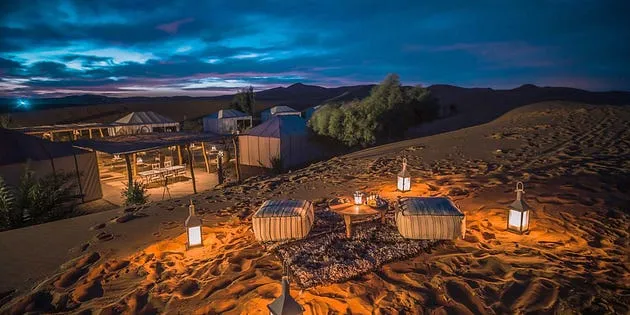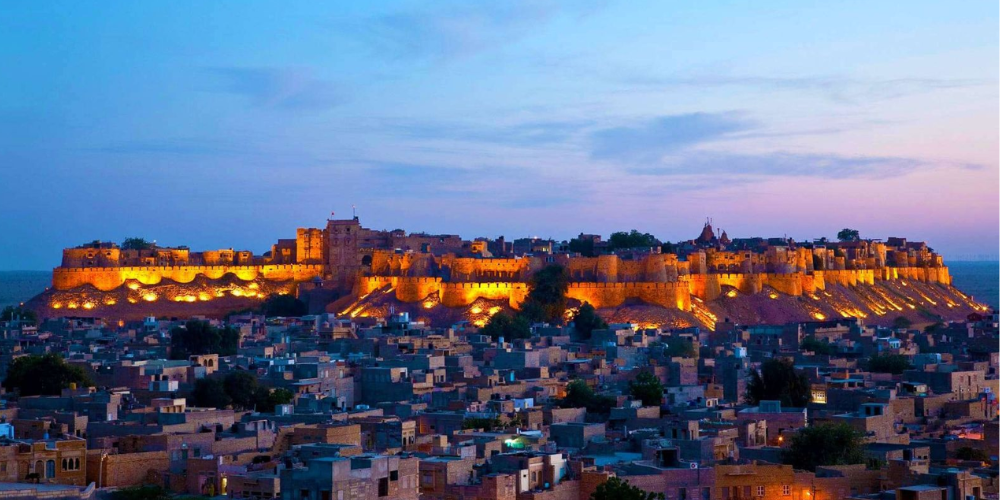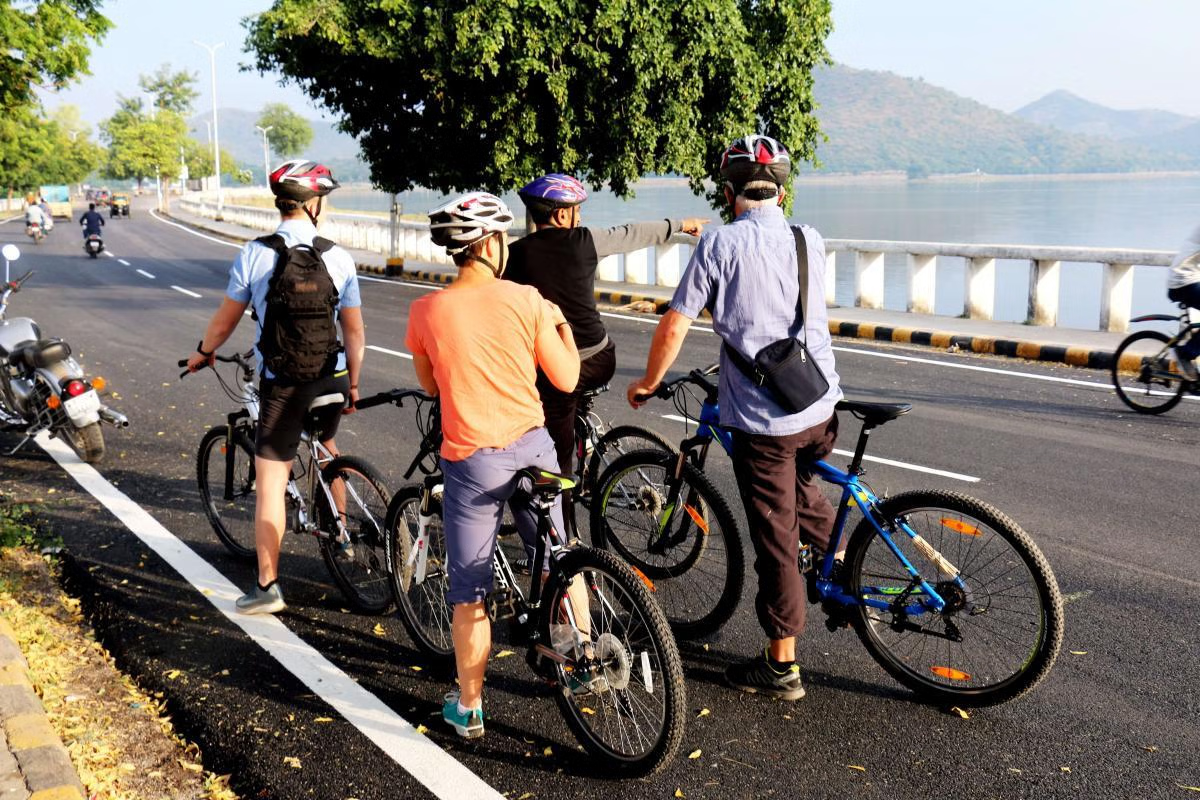Rajasthan, often hailed as the “Land of Kings,” is a rare blend of untamed wilderness and timeless grandeur. While its palaces, forts, and vibrant cultural legacy continue to attract heritage seekers, Rajasthan’s natural side tells an equally compelling story. Exploring both aspects in one journey not only deepens your appreciation of this majestic state but also offers a balanced and enriching travel experience. For travelers looking to explore the best of both worlds with the ease and insight of expert guidance, choosing a reliable Travel agency in Rajasthan is a step in the right direction.
The Call of the Wild: Rajasthan’s Protected Landscapes
When most people think of Rajasthan, sand dunes and royal cities spring to mind. However, the state also shelters a fascinating variety of flora and fauna in its wildlife reserves and national parks. These biodiverse habitats are havens for photographers, nature lovers, and adventure seekers alike.
- Ranthambore National Park: Known for its population of majestic Bengal tigers, this park offers jeep safaris that bring you face to face with leopards, sloth bears, and marsh crocodiles. The 10th-century Ranthambore Fort perched inside the park adds a historic element to your wildlife experience.
- Sariska Tiger Reserve: Tucked into the Aravalli Hills, Sariska provides a more serene alternative to Ranthambore. The reserve is home to tigers, hyenas, and rare bird species, including peacocks and crested serpent eagles.
- Keoladeo Ghana National Park: A UNESCO World Heritage Site and birdwatcher’s paradise, Keoladeo hosts more than 370 avian species, including migratory birds from as far as Siberia.
These protected areas reflect the state’s deep commitment to conservation and eco-tourism. Safaris here are conducted under strict regulations, showcasing a responsible tourism model that aligns with global best practices and local expertise.
Rajasthan’s Regal Past: A Living History
Beyond the wilderness lies the soul of Rajasthan—its royal heritage. Cities like Jaipur, Udaipur, Jodhpur, and Jaisalmer are open-air museums, where the past is carefully preserved and still very much alive. The state’s cultural depth stems from centuries of Rajput rule, where architecture, arts, and rituals evolved into distinct forms.
- Jaipur – The Pink City: Rajasthan’s capital is a perfect introduction to its regal legacy. The Hawa Mahal, City Palace, and Jantar Mantar represent a unique confluence of astronomy, art, and monarchy.
- Udaipur – City of Lakes: Often dubbed the Venice of the East, Udaipur’s shimmering lakes and the iconic Lake Palace create an almost mythical atmosphere. The City Palace Museum provides insight into Mewar’s royal lineage and artistic patronage.
- Jodhpur – The Blue City: Dominated by the massive Mehrangarh Fort, Jodhpur is a storyteller’s delight. Every corner whispers tales of valor, resilience, and cultural opulence.
- Jaisalmer – The Golden City: Rising like a mirage from the Thar Desert, Jaisalmer Fort is a living fort still housing thousands within its walls. The intricate latticework of the havelis and golden sandstone structures reflect a desert kingdom’s architectural wisdom.
Where Culture Meets Nature: A Dual-Experience Tour
One of the most recommended ways to experience the blend of wilderness and royalty is through curated journeys like the Rajasthan Wildlife and Heritage Tour. These tours are thoughtfully designed to give travelers a comprehensive experience—from tiger tracking in dense jungles to guided walks through ancient forts and palace corridors. Such tours also often include folk performances, local cuisine sampling, and interactions with tribal communities and artisans, creating a multidimensional portrait of Rajasthan.
Expert-Led Travel: The Value of Local Knowledge
Trust plays a pivotal role in planning travel across such a diverse terrain. Local tour operators, guides, and travel consultants bring invaluable insights into seasonal variations, safari timings, lesser-known attractions, and cultural sensitivities. Choosing specialists who have in-depth knowledge of Rajasthan ensures that you engage with the state meaningfully and responsibly. Their expertise also helps avoid overtourism in fragile ecosystems while directing travelers to lesser-explored jewels like Kumbhalgarh Wildlife Sanctuary or Bundi’s medieval townscapes.
Sustainable Travel and Community Engagement
An increasing number of travelers today prioritize ethical and eco-friendly tourism. Rajasthan is responding with responsible tourism initiatives, including community-run homestays, heritage conservation programs, and eco-lodges. Participating in these initiatives not only lowers your environmental impact but also supports local livelihoods and preserves traditional knowledge systems.
Traveling through Rajasthan with this dual lens—one focused on its wilderness and the other on its heritage—offers more than just visual splendor. It invites reflection on conservation, cultural pride, and the enduring interplay between humans and their environment.
Final Thoughts: Rajasthan as a Living Canvas
Whether you’re listening to the distant roar of a tiger at dawn or marveling at frescoes in a 300-year-old haveli, Rajasthan provides an immersive experience like no other. The state’s wild sanctuaries and historic marvels complement each other, creating a journey that is as intellectually enriching as it is emotionally moving.
Through intentional travel that respects both nature and history, Rajasthan transforms from a destination into a story—one that continues to evolve with every traveler who walks its sands, listens to its winds, and respects its spirit.




